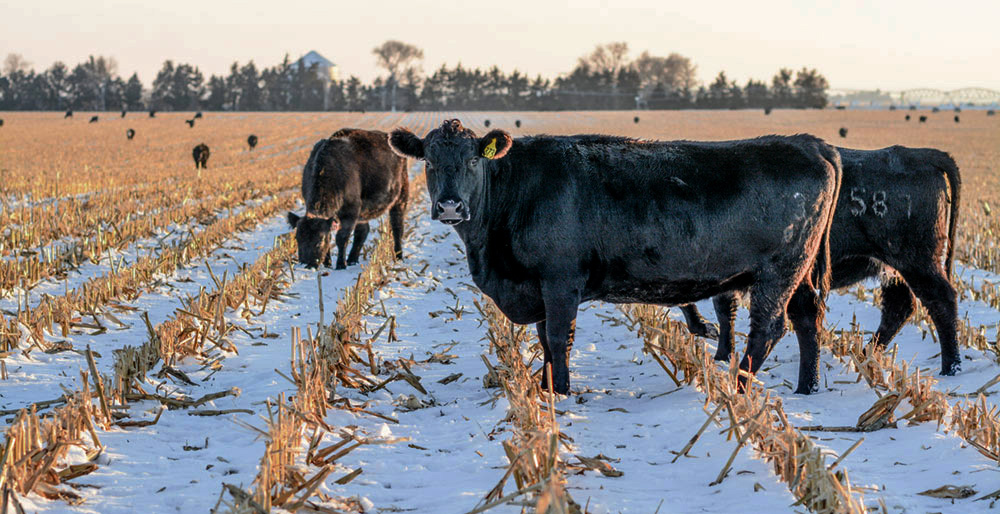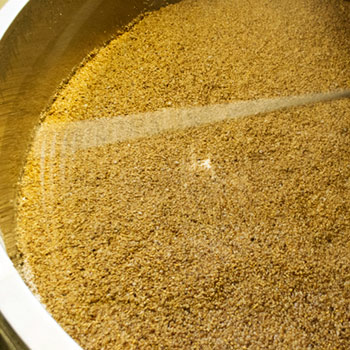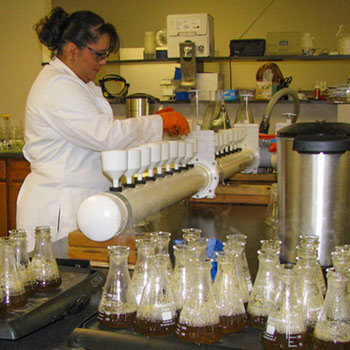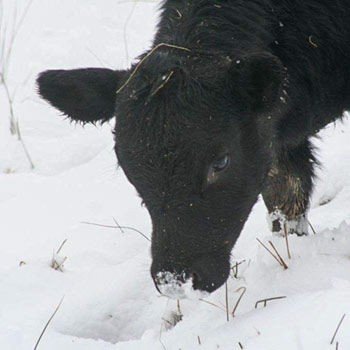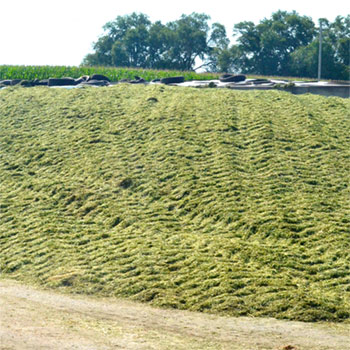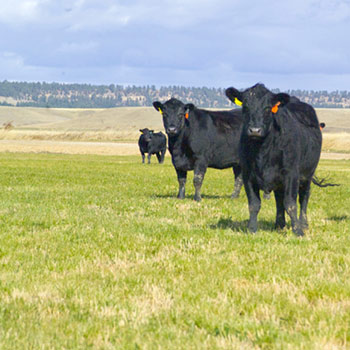Making Do with Less
Optimizing cattle performance with limited resources.
Winter is the time of year when cattle most often need additional supplementation to maintain body condition. Cows that maintain a body condition score of 5 or 6 throughout the winter are more prepared for calving and rebreeding than thinner cattle. Winter feeding contributes to a significant portion of the feeding costs associated with raising cattle. Feeding appropriate supplements will complement other feeds, optimizing inputs and managing costs.
